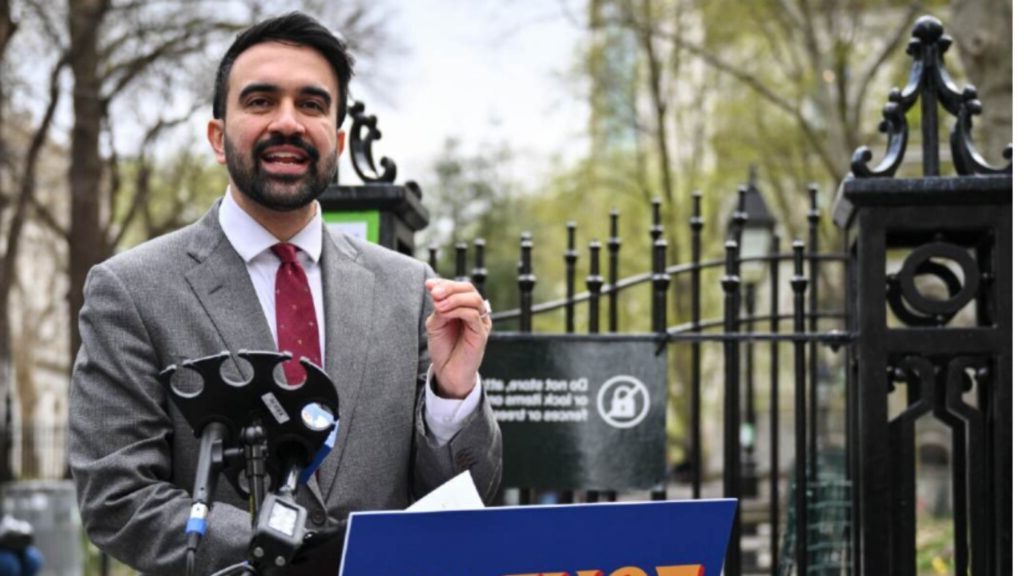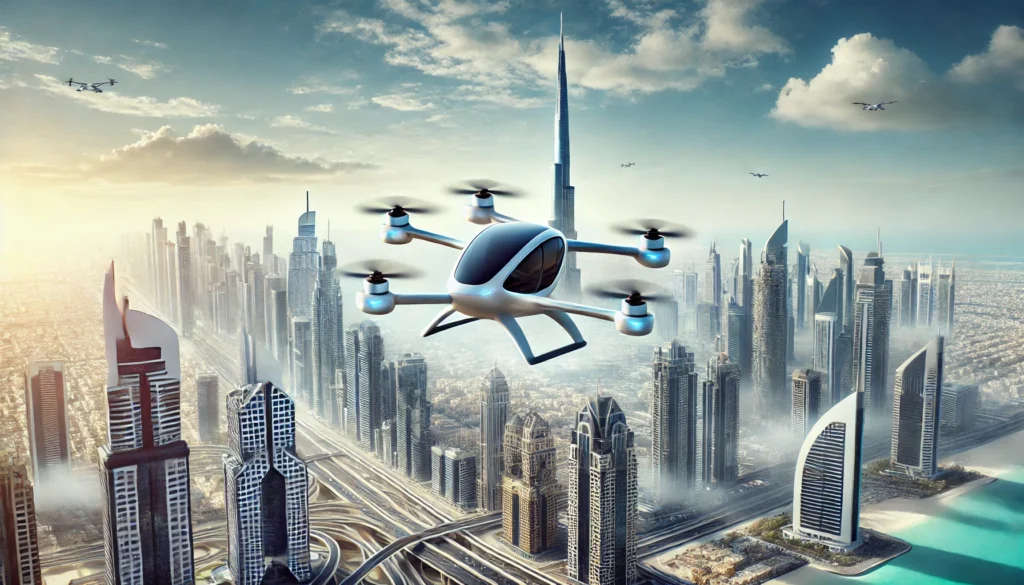UAE’s Air Taxis Revolution: The Future of Urban Mobility with Shared Infrastructure
Discover how the UAE is leading the charge in urban mobility by allowing air taxis and helicopters to share the same infrastructure. Learn about the impact of this groundbreaking move on cities like Dubai and Abu Dhabi, set to revolutionize transportation by 2026.
UAE’s Air Taxis Revolution: A Game-Changer for Urban Mobility
In a world where traffic congestion and pollution are becoming unbearable, the UAE has unveiled a groundbreaking initiative set to change urban transportation forever. By allowing air taxis (eVTOLs) and helicopters to use the same infrastructure, the UAE is stepping into the future of mobility. This visionary move promises not only faster travel but also more sustainable solutions for growing cities like Dubai and Abu Dhabi. Let’s break down what this means, why it matters, and what comes next in this bold new era.
Key Highlights:
- Pioneering Regulation: The UAE is the first country to allow electric Vertical Take-Off and Landing (eVTOL) air taxis and helicopters to share the same infrastructure.
- Cost Efficiency: The new approach repurposes existing helicopter facilities, saving time and money in deploying air mobility services.
- Speedy Implementation: Commercial air taxis are expected to begin operations in Dubai and Abu Dhabi by 2026.
- Sustainability Focus: The move is part of the UAE’s broader vision for sustainable urban mobility and smart cities.
Why This Matters: The Dawn of a New Mobility Era
The Shared Infrastructure Model: A Smart Innovation
The UAE’s General Civil Aviation Authority (GCAA) has introduced a regulatory framework that allows helicopters and eVTOLs to operate on the same infrastructure. By using existing helipads, the UAE bypasses the need for costly new infrastructure, allowing the country to fast-track its air mobility plans.
This is a critical step toward building a comprehensive system for Advanced Air Mobility (AAM), which includes not just air taxis but also drones and cargo planes. The UAE’s initiative signals a major leap forward in creating an integrated air transport system that blends seamlessly with traditional aviation.
The Global Implications of the UAE’s Approach
Other cities around the world have explored air taxis, but none have moved as quickly as the UAE. Cities like Los Angeles and Singapore are looking into similar concepts, but the UAE has set the standard by combining regulatory foresight with practical implementation. This new framework could serve as a blueprint for cities worldwide.
Why the UAE?
Dubai and Abu Dhabi are known for their futuristic outlook and commitment to innovation. From self-driving cars to solar-powered skyscrapers, the UAE has consistently been at the forefront of technological advancements. The country’s ambition to integrate air taxis into its transportation system isn’t just about offering a new mode of transport; it’s about shaping the future of urban living. As urban populations continue to grow, traditional infrastructure simply can’t keep up. The UAE’s air mobility revolution is designed to address this challenge.
What’s Next for Air Taxis in the UAE?
As we approach 2026, when commercial air taxis are expected to take flight in Dubai and Abu Dhabi, there are a few key milestones to watch for:
1. Regulatory Framework Adjustments:
The UAE will continue to fine-tune the regulatory framework for air taxis. Expect further updates on safety measures, operational standards, and public acceptance.
2. Test Flights and Demonstrations:
In the lead-up to the official launch, we’re likely to see test flights and demonstrations showcasing the capabilities of eVTOL aircraft. These trials will play a crucial role in building trust with the public.
3. Infrastructure Upgrades:
Though the UAE is repurposing existing infrastructure, there will still be a need for upgrades to ensure these air taxis operate smoothly and safely. Look out for announcements on new vertiports and hubs across major urban centers.
4. Public Engagement and Education:
A big part of the rollout will be educating the public about this new mode of transport. Safety, reliability, and environmental benefits will be key selling points to gain acceptance.
Urban Air Mobility and Sustainability
The UAE’s move is part of a larger global trend where cities are embracing technology to solve some of the most pressing urban issues. From traffic congestion to air pollution, air taxis offer a cleaner, faster, and more efficient alternative. Moreover, they align with the growing shift toward sustainability in urban planning.
But how sustainable are these air taxis? According to experts, electric vertical takeoff and landing (eVTOL) aircraft could significantly reduce carbon emissions, especially when powered by renewable energy sources. This makes them a key component of the UAE’s sustainability goals, aligning with their Vision 2021.
The future is flying, and the UAE is leading the way. Stay tuned to BoldShout.com for more updates on the rollout of air taxis and the future of urban mobility. Got thoughts on air taxis? Would you want to take a ride in one? Let us know in the comments below, and don’t forget to share this article with your friends. Together, let’s soar into the future!







